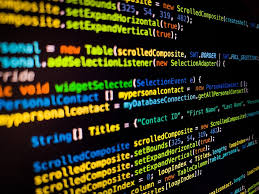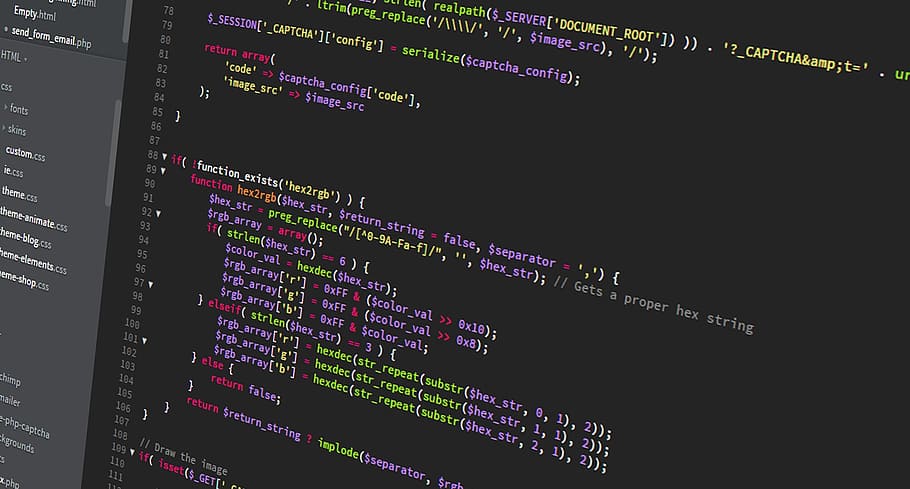Importing modules in Python
Importing modules in Python can be done easily. import module will import a module and then allow you to reference its objects — values, functions and classes, for example — using the module.name syntax. In the above example, the random module is imported, which contains the randint function. So by importing random you can call … Read more










